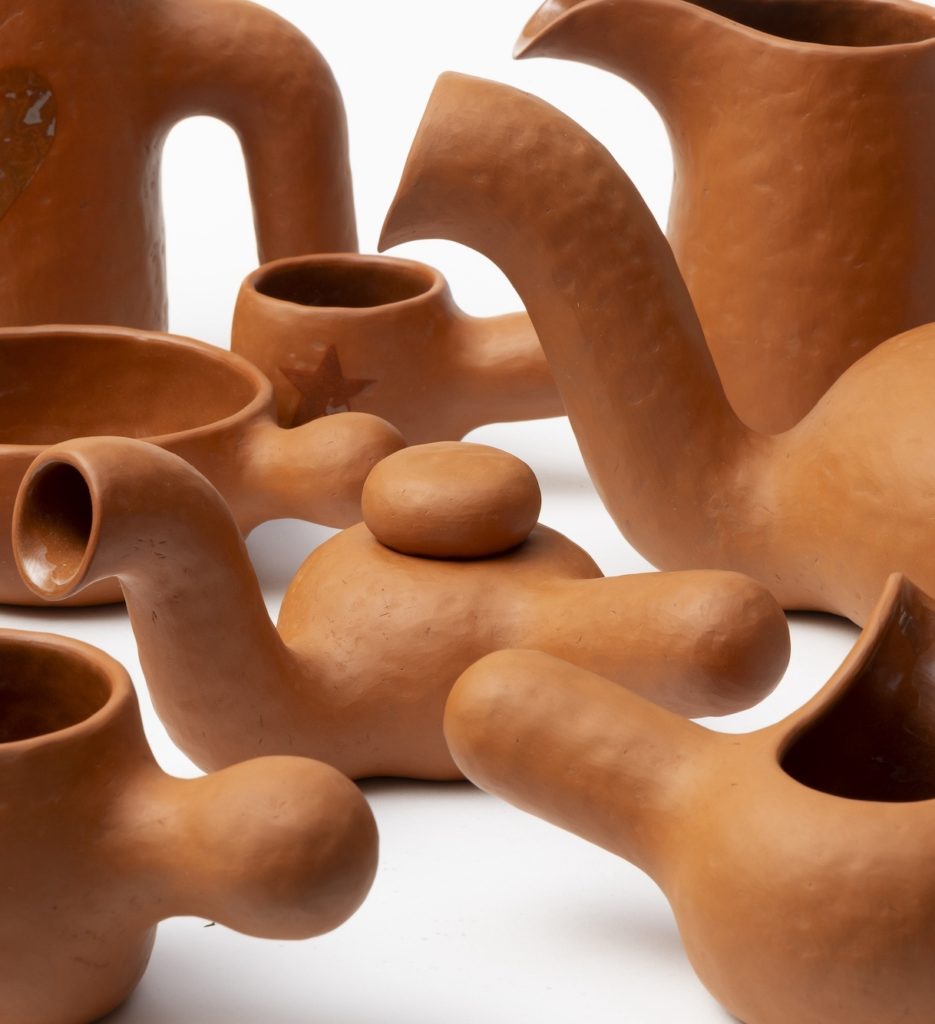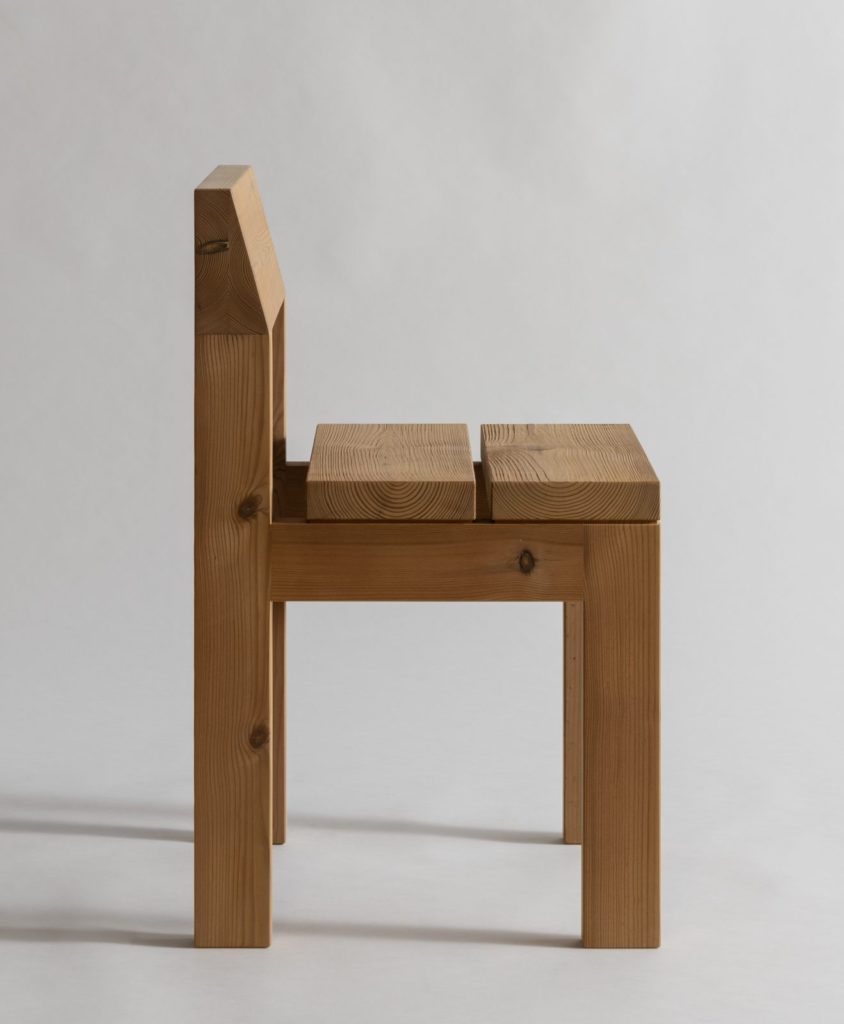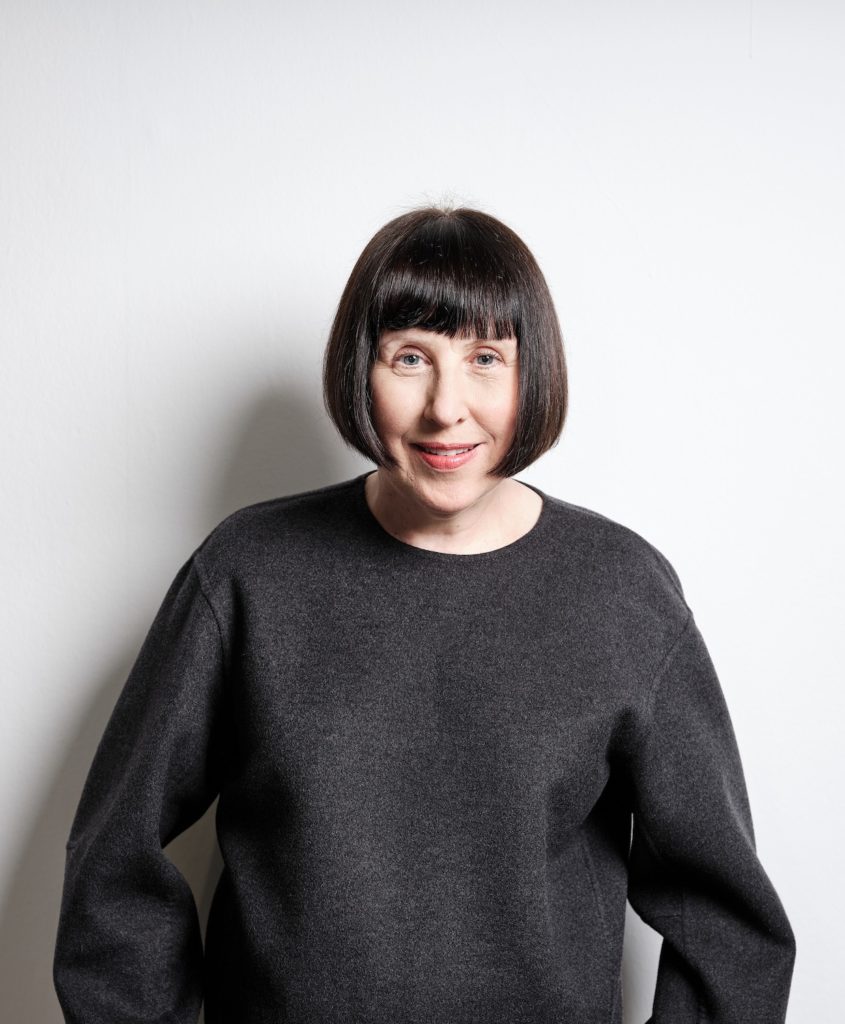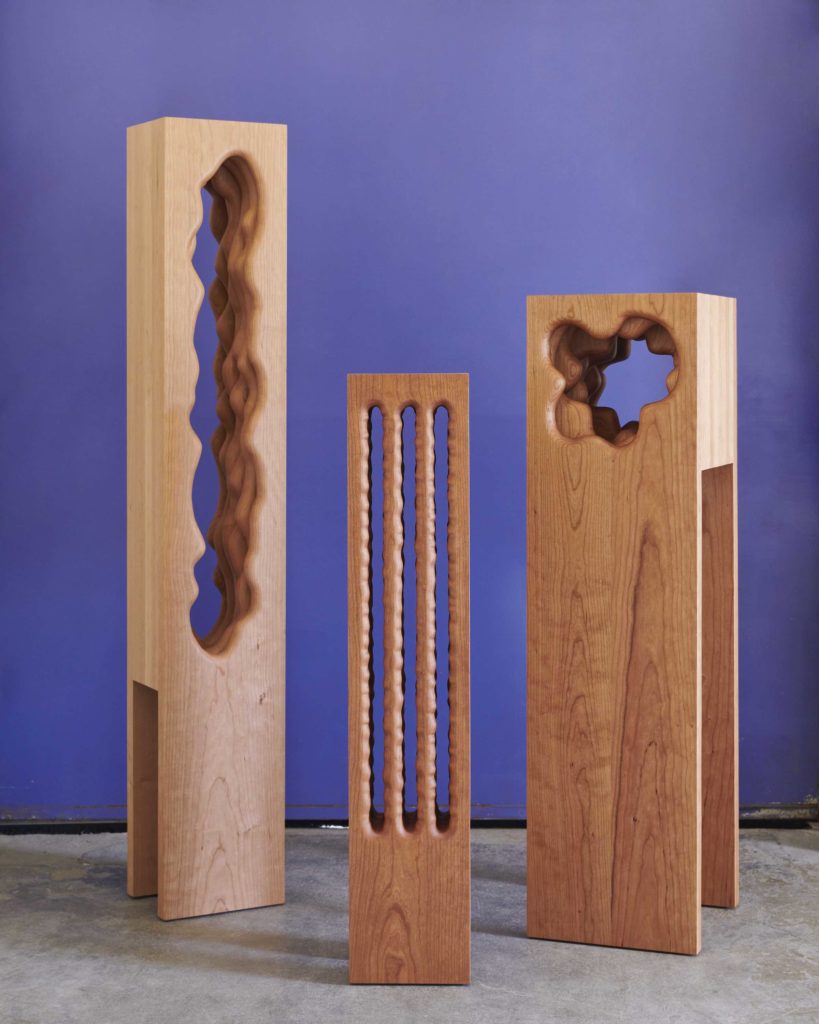Maria Bruun appointed as curator of The Mindcraft Project 2024
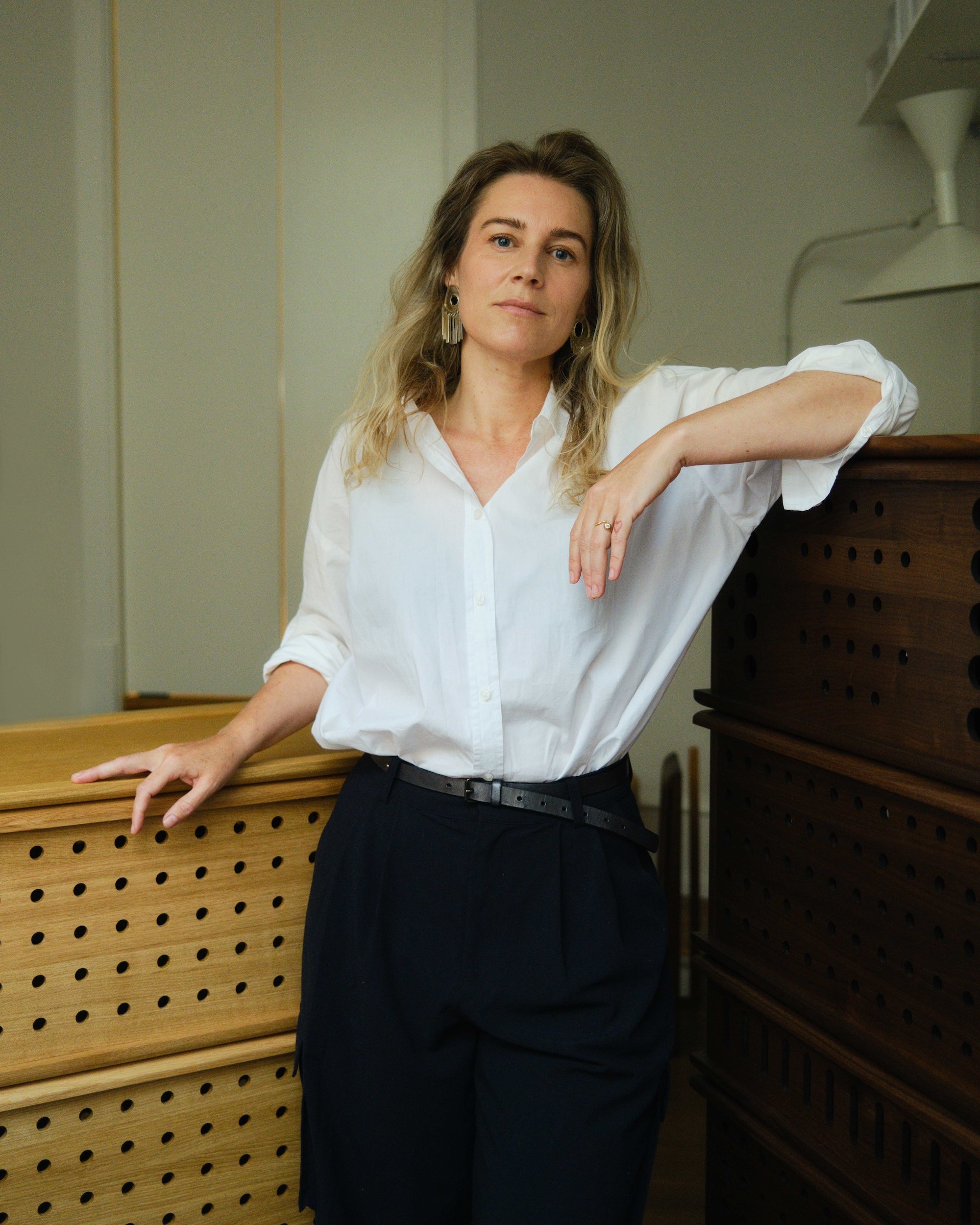
With the appointment of designer Maria Bruun as the curator of The Mindcraft Project 2024, a new layer of focus and a collaborative exploration into the functional and the industrial aspects of Danish design and craft will take centre stage. Alongside these more functional and consumer-orientated themes is an interplay with the artistic and the experimental – a synergy that not only reflects Bruun’s own practice, but acts as a continuation of The Mindcraft Project as a meeting place for design, craftsmanship, art and technology since its inception in 2008. We spoke with Bruun about the opportunities and challenges in navigating the different aspects of her practice, and what to expect from the ten designers and craftspeople that will bring a spirit of experimentation and curiosity to The Mindcraft Project 2024.
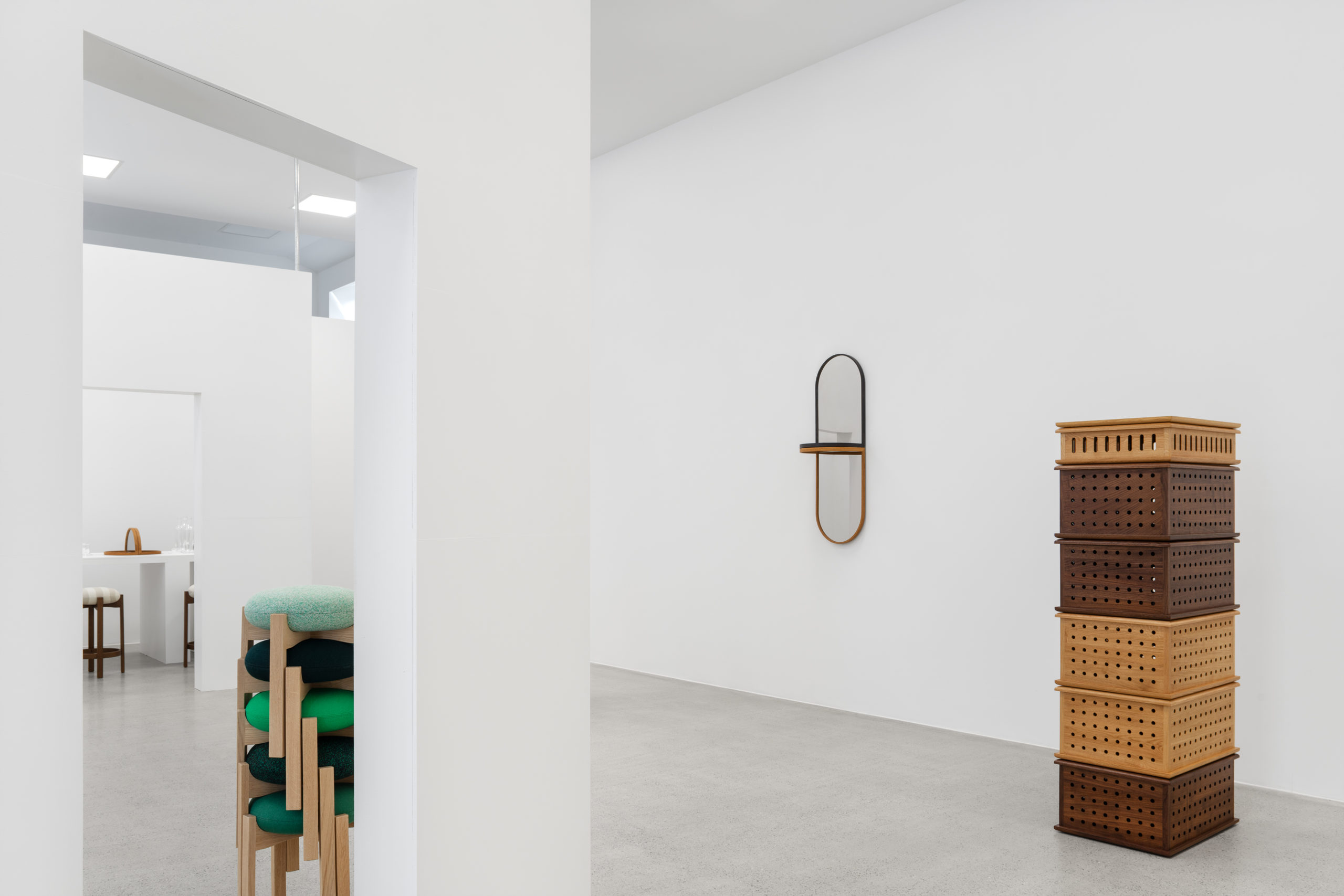
Whilst working from her studio space within Copenhagen’s Østerbro neighbourhood, Bruun prefers to be out with the makers than in front of the computer. Her process is one of collaboration, talking and tinkering alongside glassblowers under a racetrack in Charlottenlund, ceramists in Tommerup, willow weavers in Endelave, to name but a few. This is evident in her studio’s output – rather than a single focus on a material or production method, her furniture presents a snapshot of the skilled crafts that still surround Copenhagen and Denmark as a whole. The recent opening of Bruun’s largest solo exhibition to date at Umbrella / West Coast Exhibitions within the small coastal town of Nørre Nebel – running until the 18th of August, Crafted Contrasts is perhaps the best example yet of her eclecticism when approaching material and craft. A single seating form dressed three ways sits alongside glass drinking elements with bulbous bases. Monolithic mirrors share the stage with delicately stacked timber storage boxes. Bruun utilises her sculptural and artistic practice to test ideas, forms, functions – at the same time she is also seeking out a response from her audience, resulting in work that stands on its own two (or four) feet, so to speak.
“Design does not necessarily have to be pleasing. It can be awkward, challenging, even uncomfortable. There is something in all of us that is inexplicably drawn to these compelling qualities, something we identify with. Furniture and objects should reflect and challenge this tension, this nature. I reject the assumption that a design or object can only be justified by function and logic, and I refute the idea that everything must be understood to make sense… My own design demands something from you. In scale, references and proportions, my work may feel familiar yet different. It conveys intention without making it banal. My furniture exists in its own right, valuing the specific over the general.”
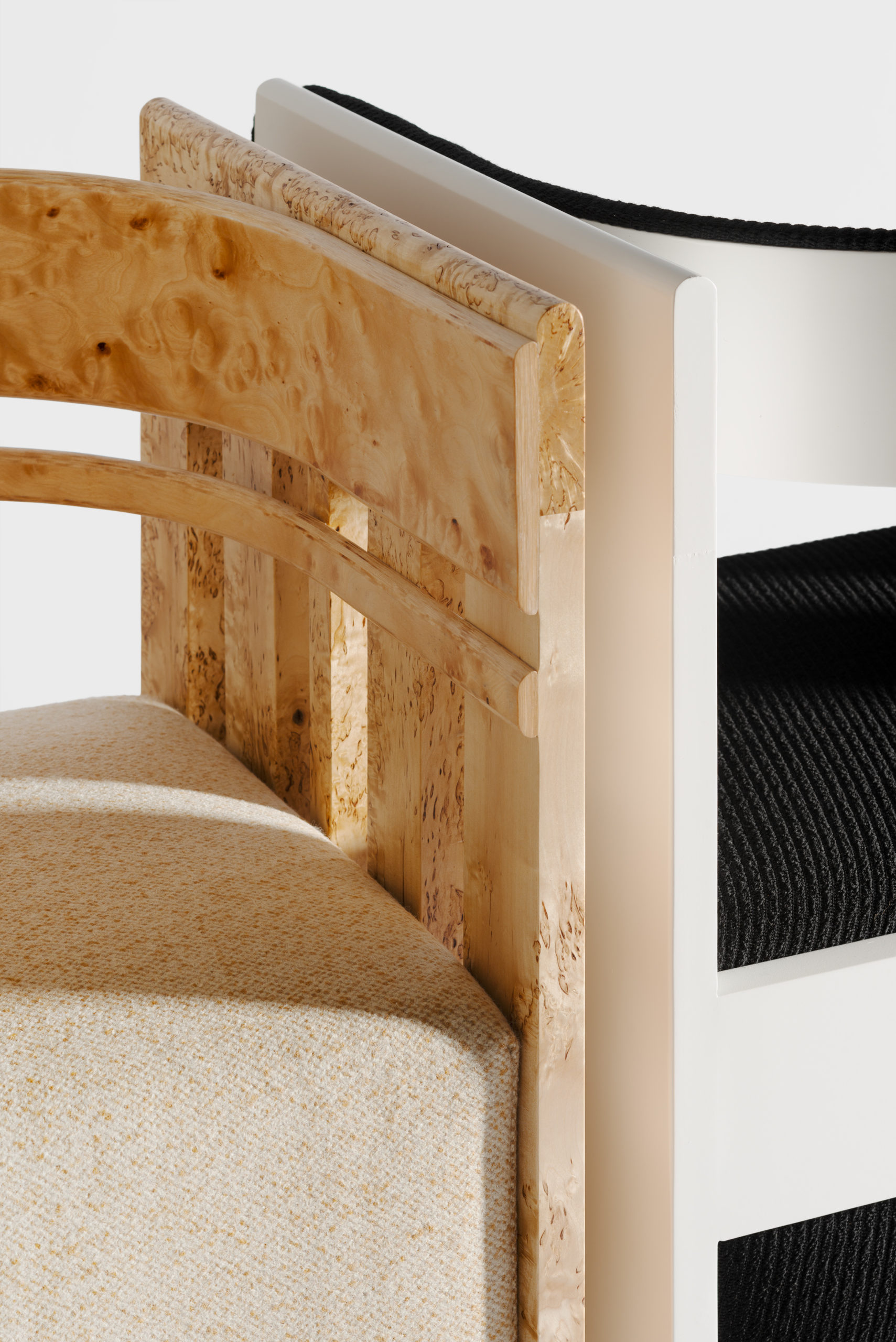
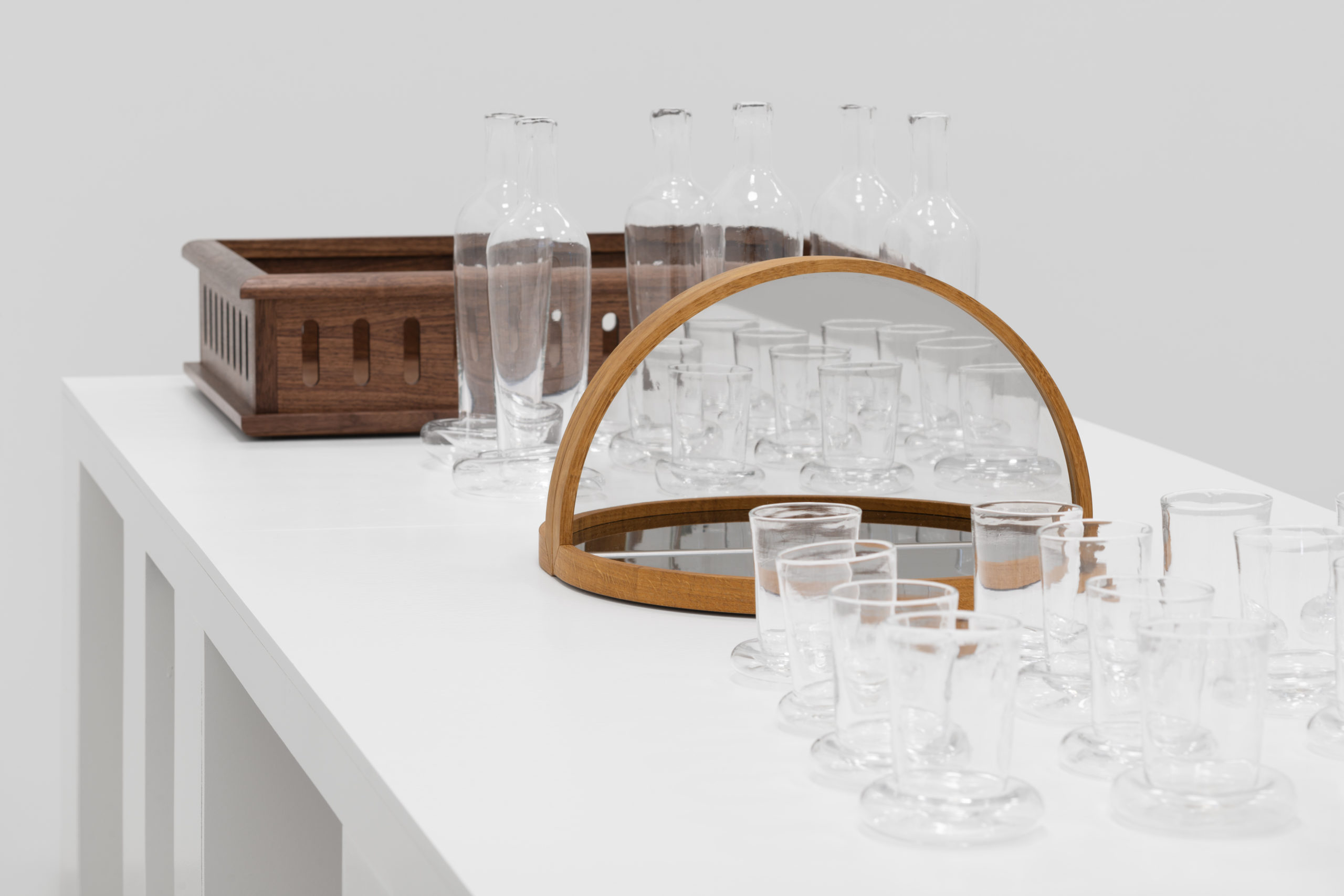
Crafted Contrasts forms just one of many explorative exhibitions over the years that have delved into the sculptural side of Bruun’s practice. While many pieces remain experiments in their own right, Bruun has managed to transition many of her earlier tests into viable commercial products – most notably alongside historic Danish furniture producer Fredericia. Their collaboration began with Islets, a series of timber tables with a juxtaposed pairing of bold legs and gently rounded off table- top. Their most recent collection is the Pioneer family of seating elements – softly reimagined from her Nordic Pioneer collection, a contribution to The American Hardwood Export Council’s Connected exhibition during the London Design Festival in 2020. These examples, amongst others, forms the backdrop to her curation of The Mindcraft Project 2024 – uniting skilled craft with Bruun’s own desire to see more artistic expressions and outcomes within the commercial design industry.
“Within my curation for The Mindcraft Project 2024 there is a duality. On one side, my focus is on designers who are deeply engaged in a form of basic artistic research with a long-term commitment to a single material or craft that highlights the importance of preserving specific knowledge and craftsmanship… On the other side, I have also focused on designers who are curious about exploring and translating their artistic practice into a more industrial context with a commercial potential.”
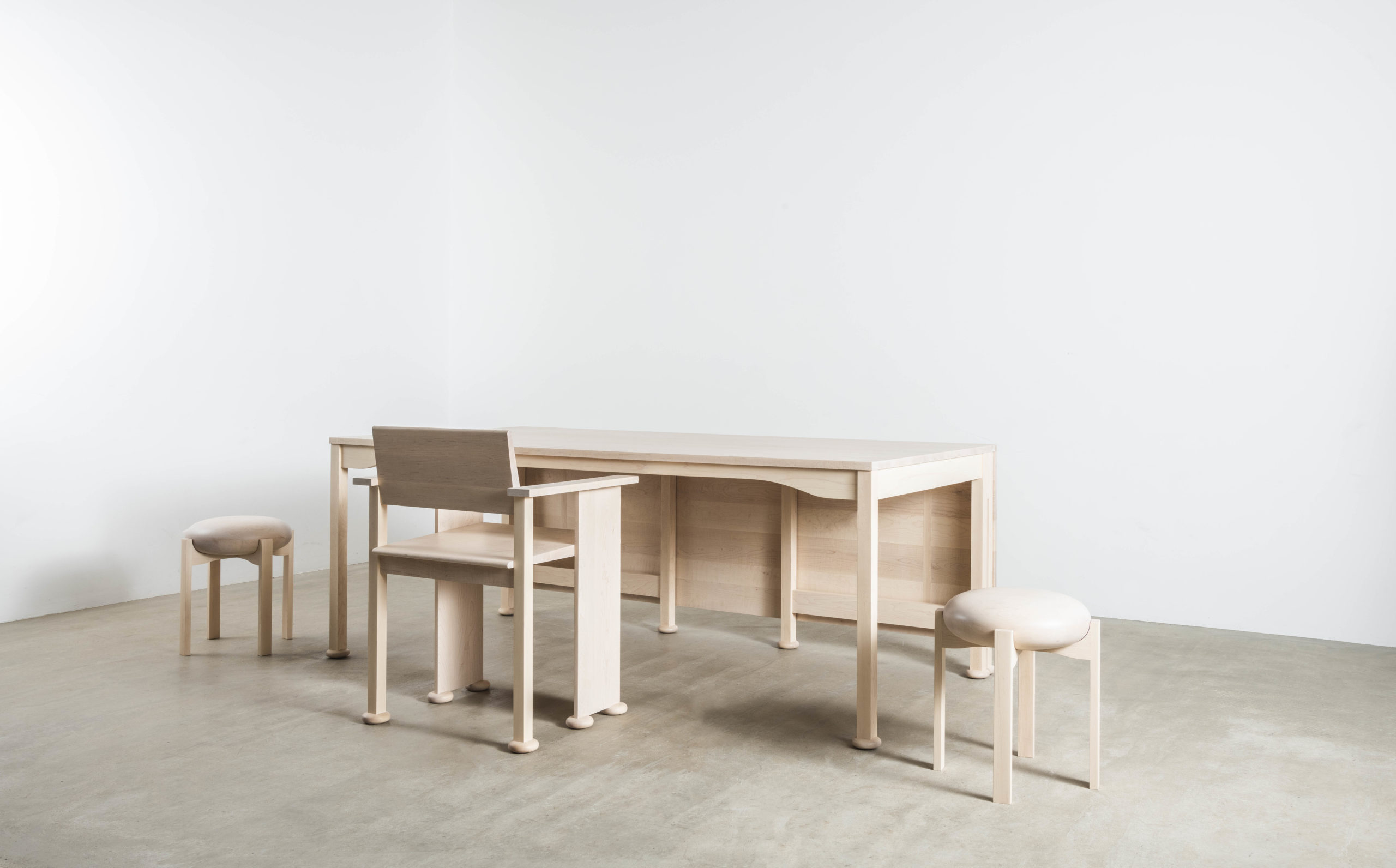
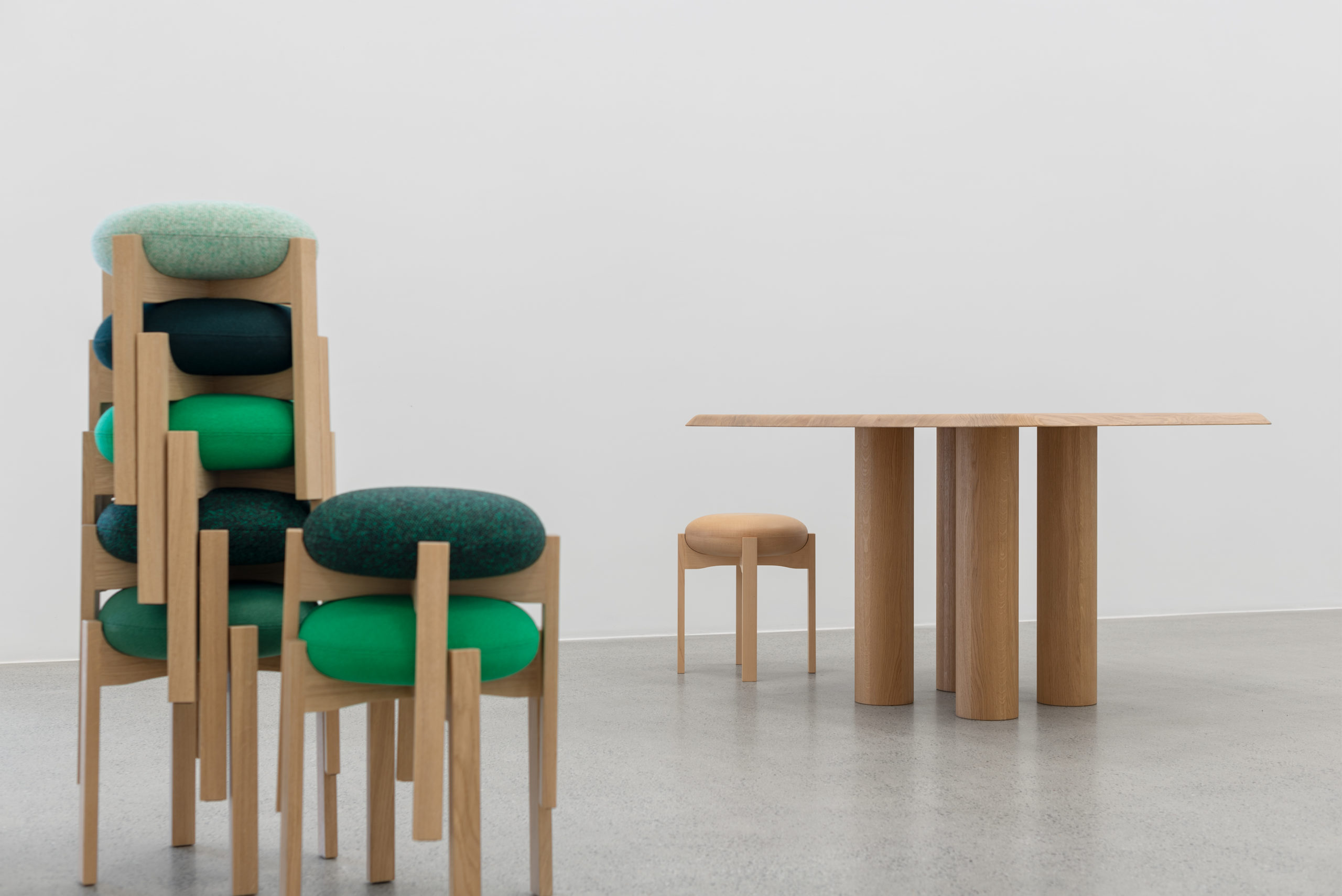
While Bruun references this duality present throughout this year’s edition, she also notes her ambition in forming a range of response or outcomes from the Mindcraft platform. One focus is on the designers and craftspeople themselves – nurturing and mentoring these individuals as they step into an industrial landscape, many of them for the first time. The other focus is on the Danish industry as a whole, highlighting and valuing specialised skills and knowledge of material and craft that Bruun views as necessary in order to bring Danish design heritage into new contemporary times. To this point, Bruun’s own experiences provide a sense of optimism, as she details;
“The commercial industry presents both support and challenges. While there is a growing recognition of the value of artistically-driven designs among forward-thinking companies, there are also obstacles such as cost, scalability, and pressure to conform to market trends. Some manufacturers may hesitate to embrace new approaches, fearing risks and unknown outcomes. However we should not underestimate that several Danish companies have historical experience and skill in incorporating craft into their production apparatus, maybe it’s a question of reawakening the urge, facilitating the dialogue and meeting between the two.”
The new edition of The Mindcraft Project will be launched in the autumn of 2024.
